Transit monitoring is, as far as we know, the world’s ONLY tangible human trafficking prevention model.
Where other strategies aim for either early prevention through things like education or rescue after the victim has already been exploited (both very important and needed aspects of anti-trafficking work), transit monitoring is unique in that it sits in the middle between these two ends of the spectrum, aiming to prevent trafficking while it is in the process of happening but before someone has been exploited. In addition to avoiding potential trauma and abuse for the trafficked individual, this method also allows us to gather data and intel on human trafficking trends and work with authorities to arrest suspected traffickers.

So, what does transit monitoring look like? Let’s break it down step by step.
Noticing potential warning signs
NAMIBIA: Jeremiah* and Rachel,* two Love Justice monitors, stood watch at an airport late at night, observing passengers for any signs of potential trafficking situations.
One group of travelers caught their eyes—two young, able-bodied men, perhaps in their twenties, traveling with an older man in his forties.
None of them appeared to be related, with significantly different shades of skin color and facial features ruling out the likelihood of a father-sons trip.
The monitors’ keen eyes picked up on other details—the young men carried brand-new but cheap, off-brand suitcases, indicating the possibility that they had never traveled on a plane before, while the older man’s suitcase was well worn.
Why would these young men be traveling for the first time with an older adult that was unrelated to them? Jeremiah and Rachel decided to find out.

Approaching potential victims
The monitors approached and showed their badges as the three travelers took seats at their gate.
“Hello gentlemen,” Jeremiah began. The older man took his time settling into his chair before glancing up.
“We are with Love Justice International doing some safety checks at this airport,” Jeremiah continued. “Where are you headed today?”
“We are going to Tokyo for vacation,” said the older man, his expression flat and unreadable.
The monitors continued to ask questions, noticing that the older man interrupted the younger men several times.
This being a red flag for trafficking, the monitors knew they had to proceed with the next step in the protocol. Jeremiah glanced at the signboard for the Tokyo flight. Thirty minutes until departure. They didn’t have much time.
Questioning travelers separately
Rachel asked one of the young men to step off to the side with her for further questioning while Jeremiah took the other.
“What do you do for work?” Rachel asked the young man, whose name was Geoffrey*.
“I work in security with my friend over there,” he responded.
“Did you guys pay for this trip on your own?”
Geoffrey paused for a beat. “Yes.”
“Can you show me proof of purchase?” she pressed.
Again, the young man fell silent, fidgeting with his hands and looking down at his feet.
“How do you know that older man traveling with you?” Rachel moved on.
“He’s an old friend who goes to my church.”
Meanwhile, Jeremiah also questioned the other young man—Eli*—out of earshot.
“How do you know this man traveling with you both?” he asked.
“He’s just someone who arranged our transportation,” Eli replied.
Evaluating whether to intercept

After further questions, Rachel and Jeremiah conferred on what they had learned. Several red flags were emerging:
- The stories were full of contradictions.
- The monitors determined that the older man had paid for both of the young men’s plane tickets, an alarming indication of potential trafficking.
- Geoffrey was caught in a lie about his financial situation, and the monitors determined that neither he nor Eli had enough money to get by on this supposed vacation.
- They were refugees, which put them at higher vulnerability for trafficking.
- They did not appear to have return tickets.
These warning signs indicated a strong likelihood of trafficking. Jeremiah and Rachel knew they needed to intercept the young men and prevent them from getting on the plane before it was too late.
Just then, a voice came on the intercom: “We will now begin boarding for the flight to Tokyo…”
Alerting authorities to arrest traffickers
Time was running out. Jeremiah stayed with the travelers while Rachel hurried to step aside and contact law enforcement. They were careful not to leave the older man alone with the two, in case he attempted to make any threats or bribes.
Rachel filed a report with all the information they had gathered on the situation and the suspect, including copies of their passports. The police assured her they would be there as soon as possible.
First class boarded the plane, then boarding group A, then B … the travelers were in group D.

Providing short-term care
Group C was in the process of boarding when the police arrived to take the suspected trafficker into custody for investigation. Jeremiah had been counseling the young men about the dangers of human trafficking and advising them not to continue with their trip.
“Now boarding Group D,” the intercom announced.
Jeremiah pleaded with the young men. “There is a strong chance that if you get on that plane, you might never make it home again,” he told them. “We have unfortunately seen that happen many times.”
Rachel returned with two hot meals in hand for the young men.
“Can I call you guys a taxi to take you home?” she asked.
Geoffrey and Eli reluctantly agreed.
Interviewing to collect trafficking data
While the young men ate, Jeremiah sat with them and filled out detailed forms on their situation, gathering further data that might be useful in future investigations. Information regarding their demographics, employment, how they were recruited, etc., help our staff gain a better understanding of current trafficking trends.
Returning those intercepted to safety
The taxi Rachel called arrived at the airport, and she and Jeremiah escorted the two young men outside. They gave the driver the addresses and paid the fare, waving goodbye. Geoffrey and Eli headed back home to safety.

One Day in May
This is just one of the up to 800,000 stories of individuals trafficked across international borders every year. That’s 2,191 people every day.
Our teams were there to intercept these two young men, but there are many more airports and border crossings where we haven’t yet been able to monitor because we haven’t had the funding to do so—yet.
You can help us change that.
This May, we are trying to raise an ambitious $438,200, which would allow us to intercept 2,191 people and theoretically stop international human trafficking for one day. We can’t do this alone—we need your help!
Join our campaign to help stop trafficking across international borders for “One Day in May” by giving at the button below!
*All data and statistics current at the date and time of publishing. Names changed, and some specific locations excluded for privacy and security purposes.
-1.png?width=500&height=500&name=LJI_MAINLOGO_WhiteBackground%20(1)-1.png)

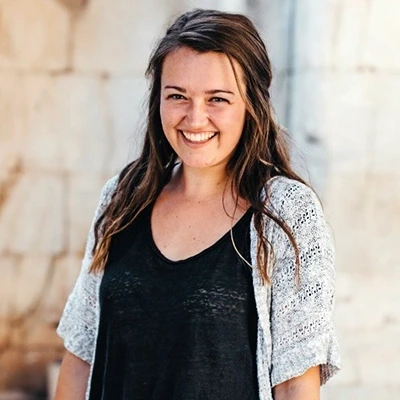
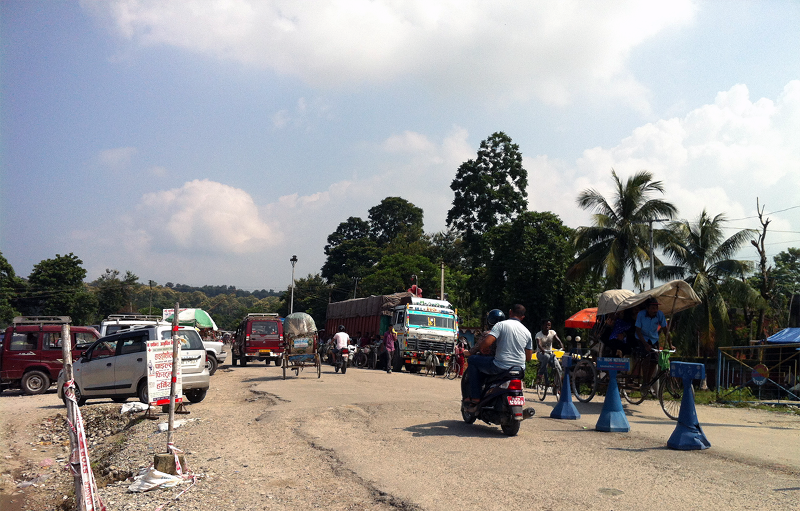
/bimala_feature_blog.webp)

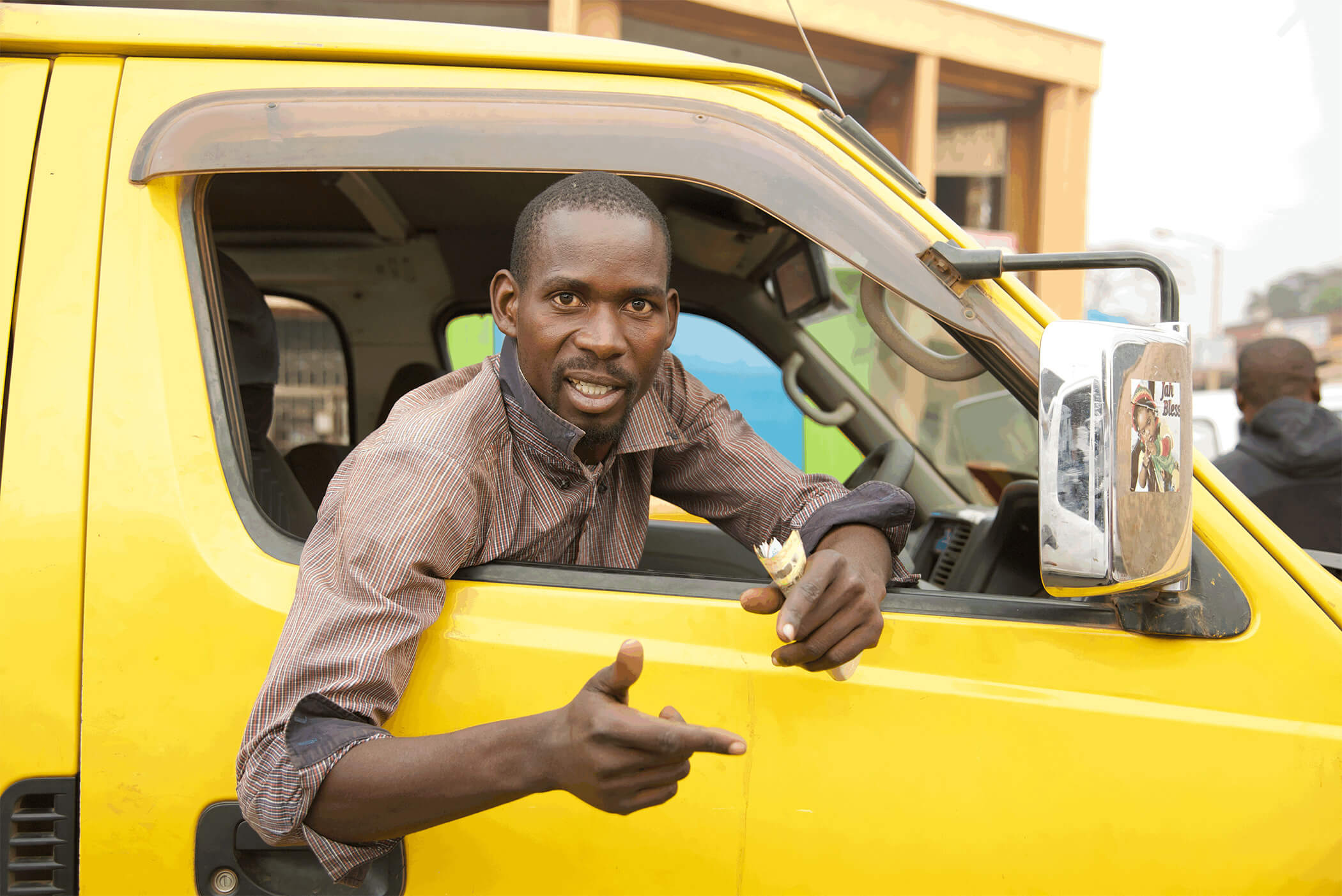
/boy_girl_asia_streets.webp)



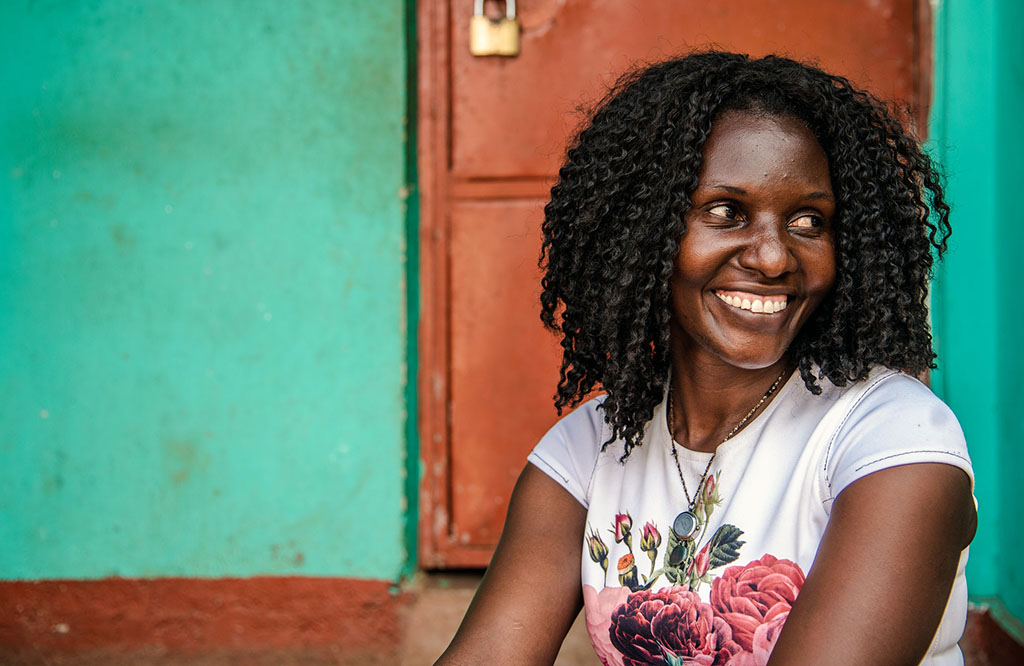
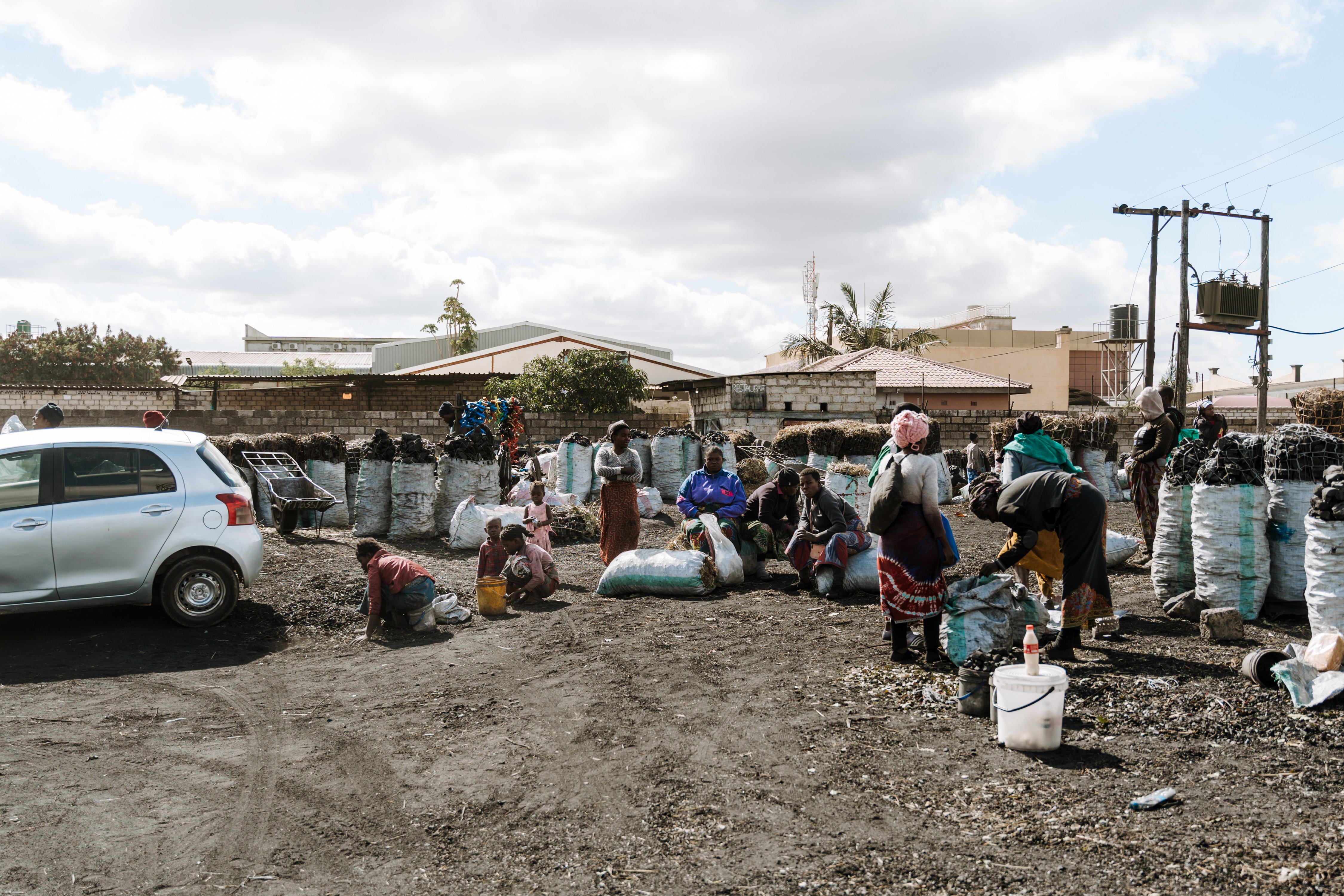

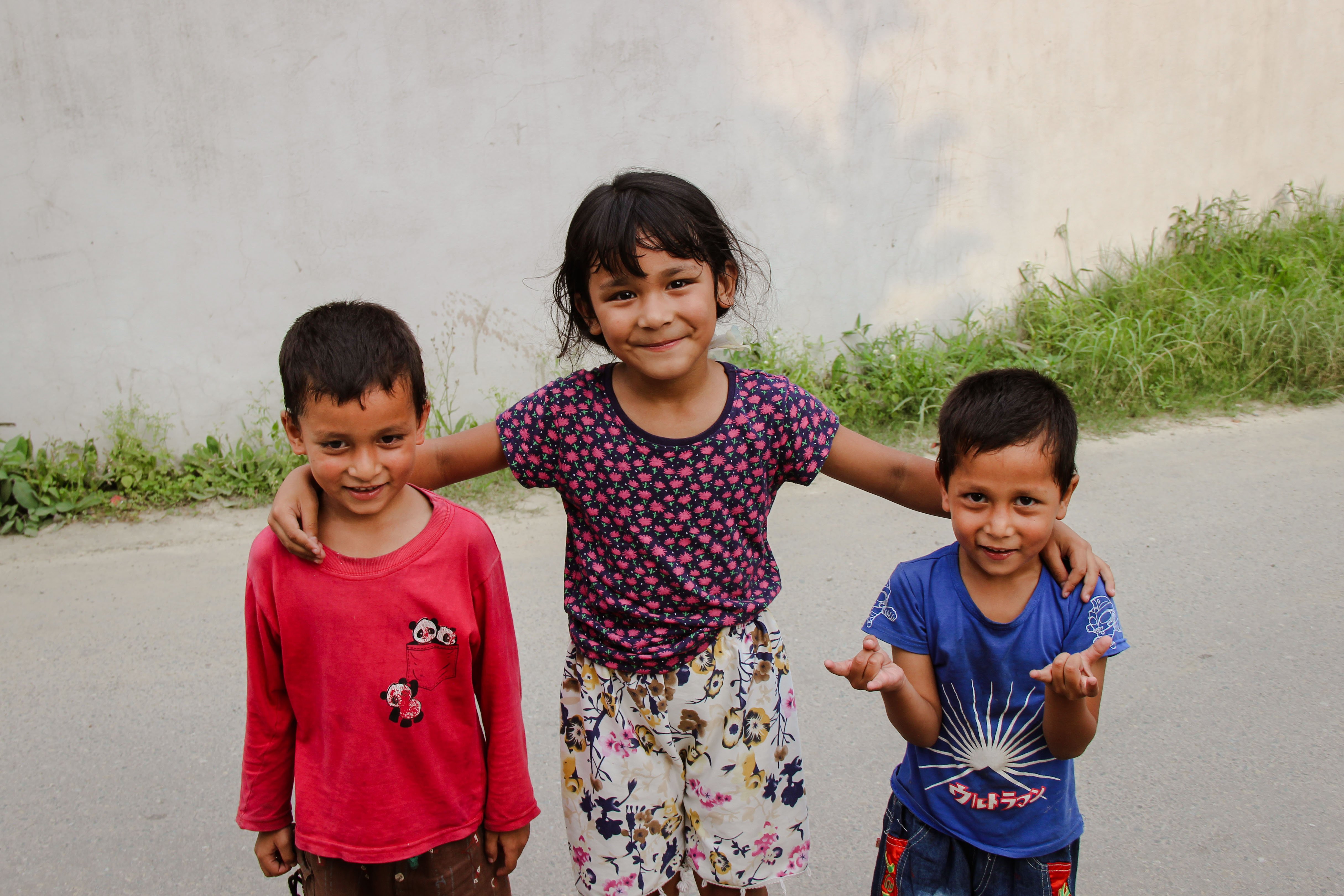
/covid_19_monitor_africa.webp)
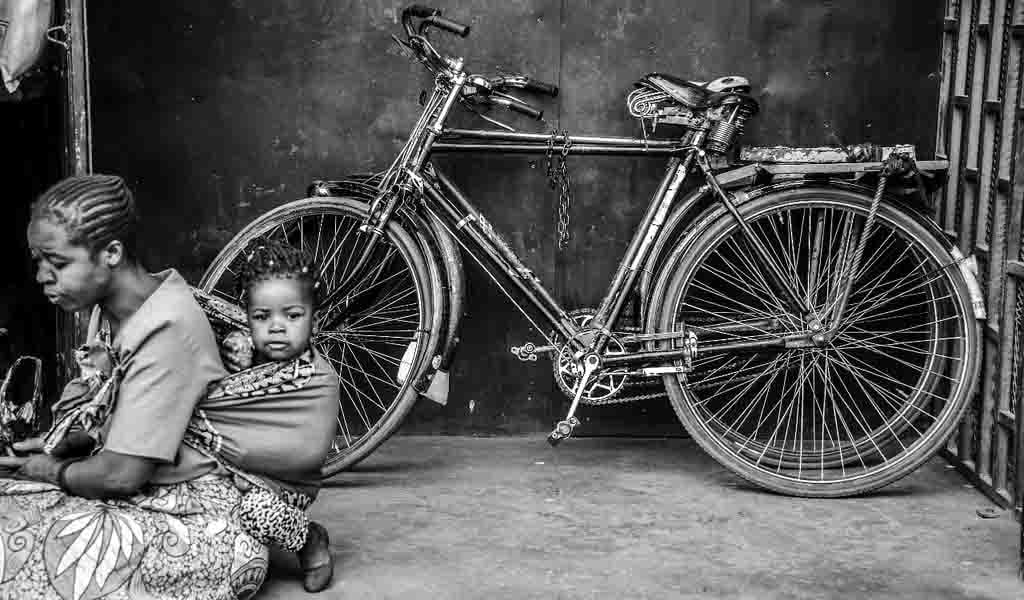
/48039119848_54d4c1e6a3_z.webp)

/Nepali_girl_2-1.webp)
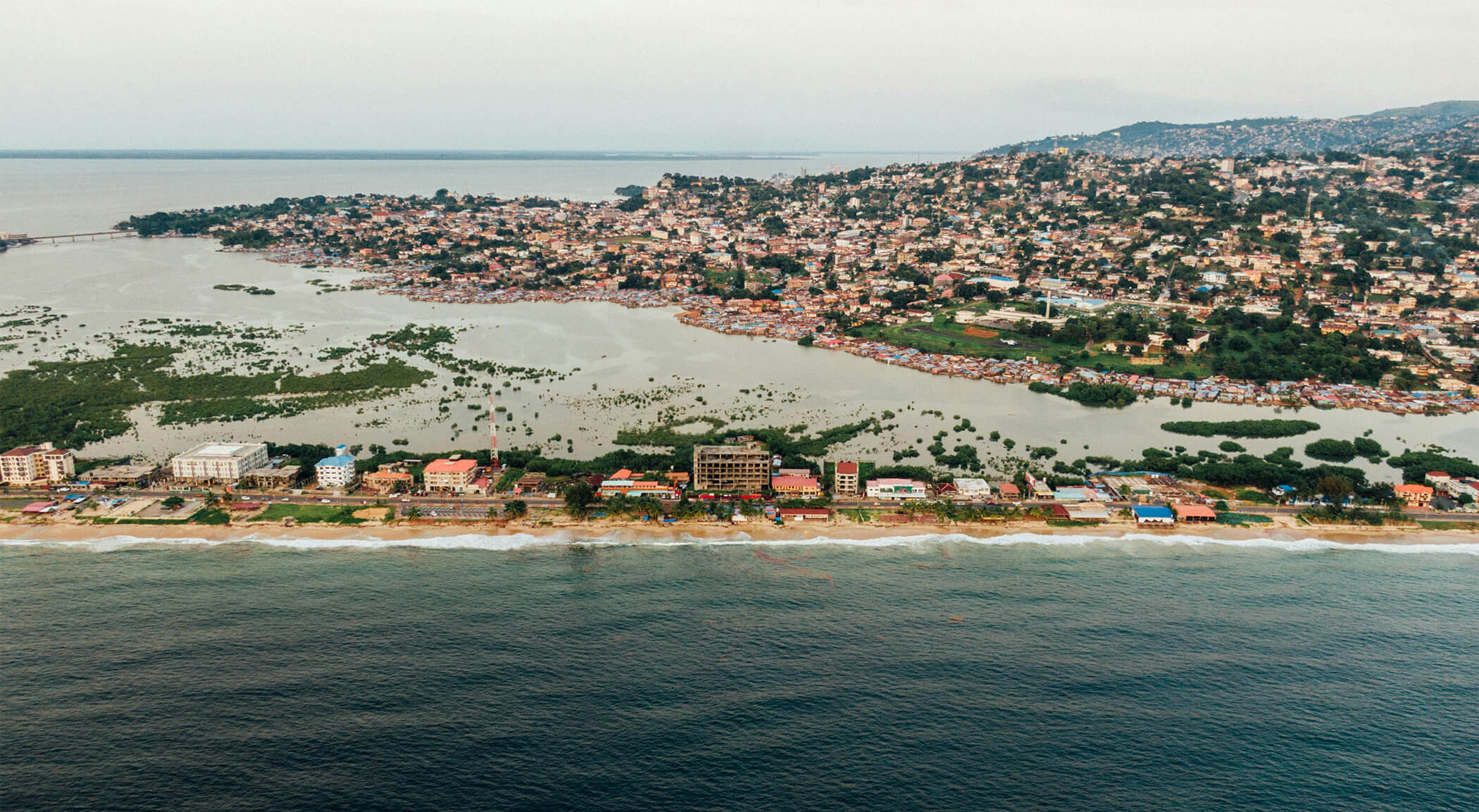
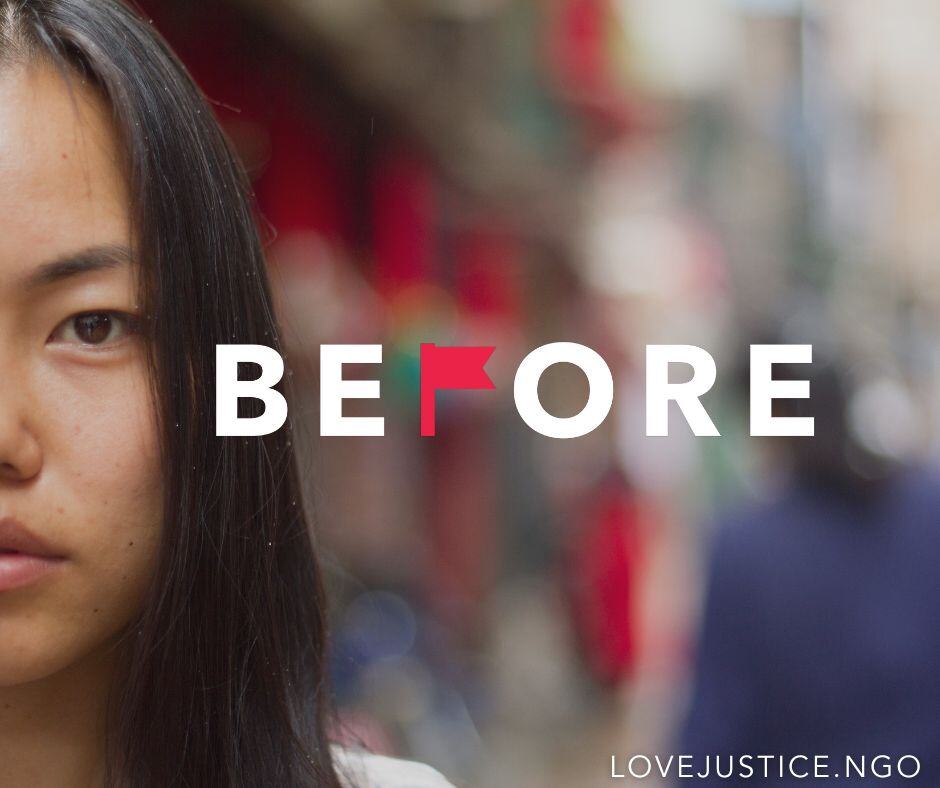
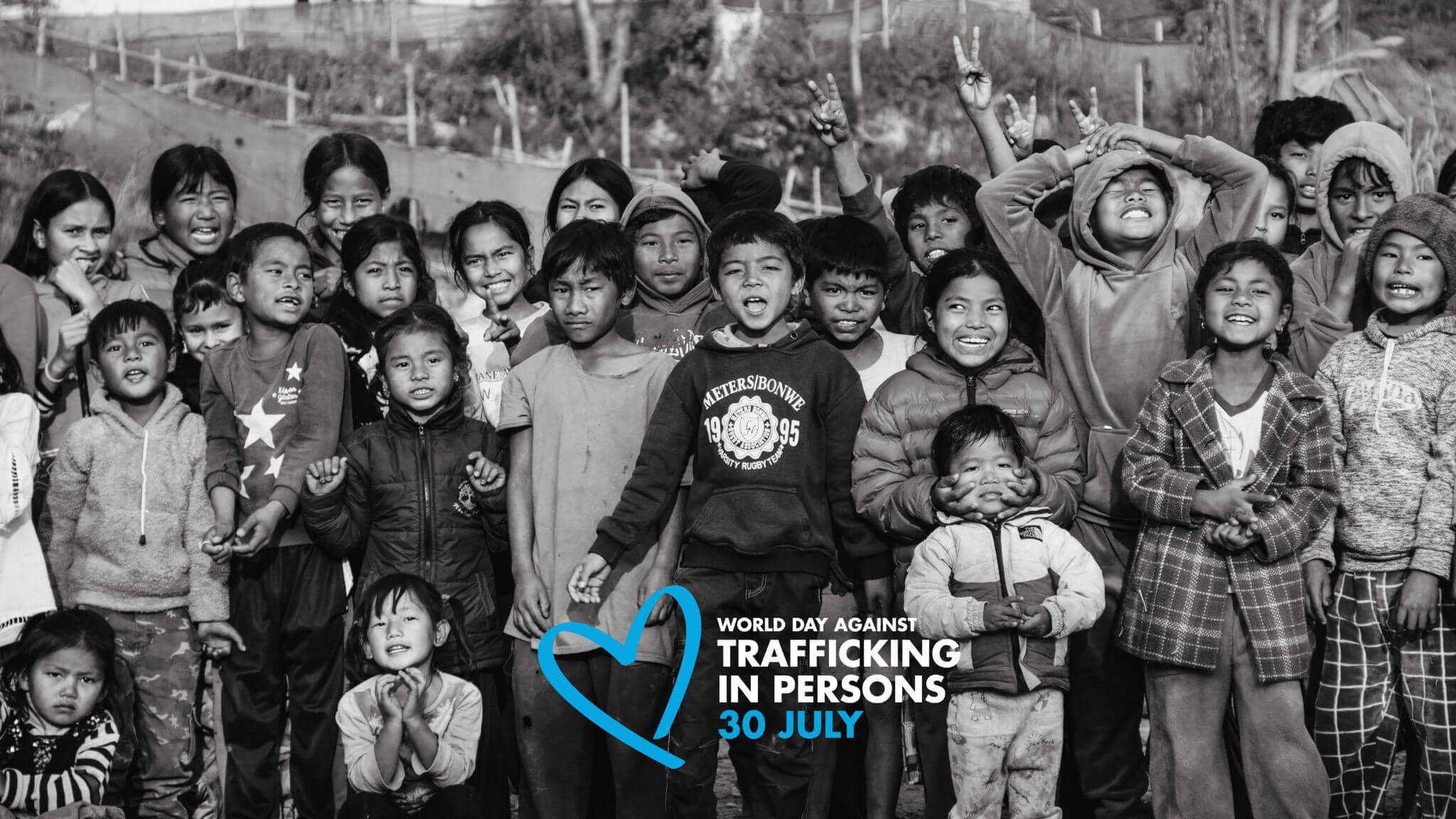
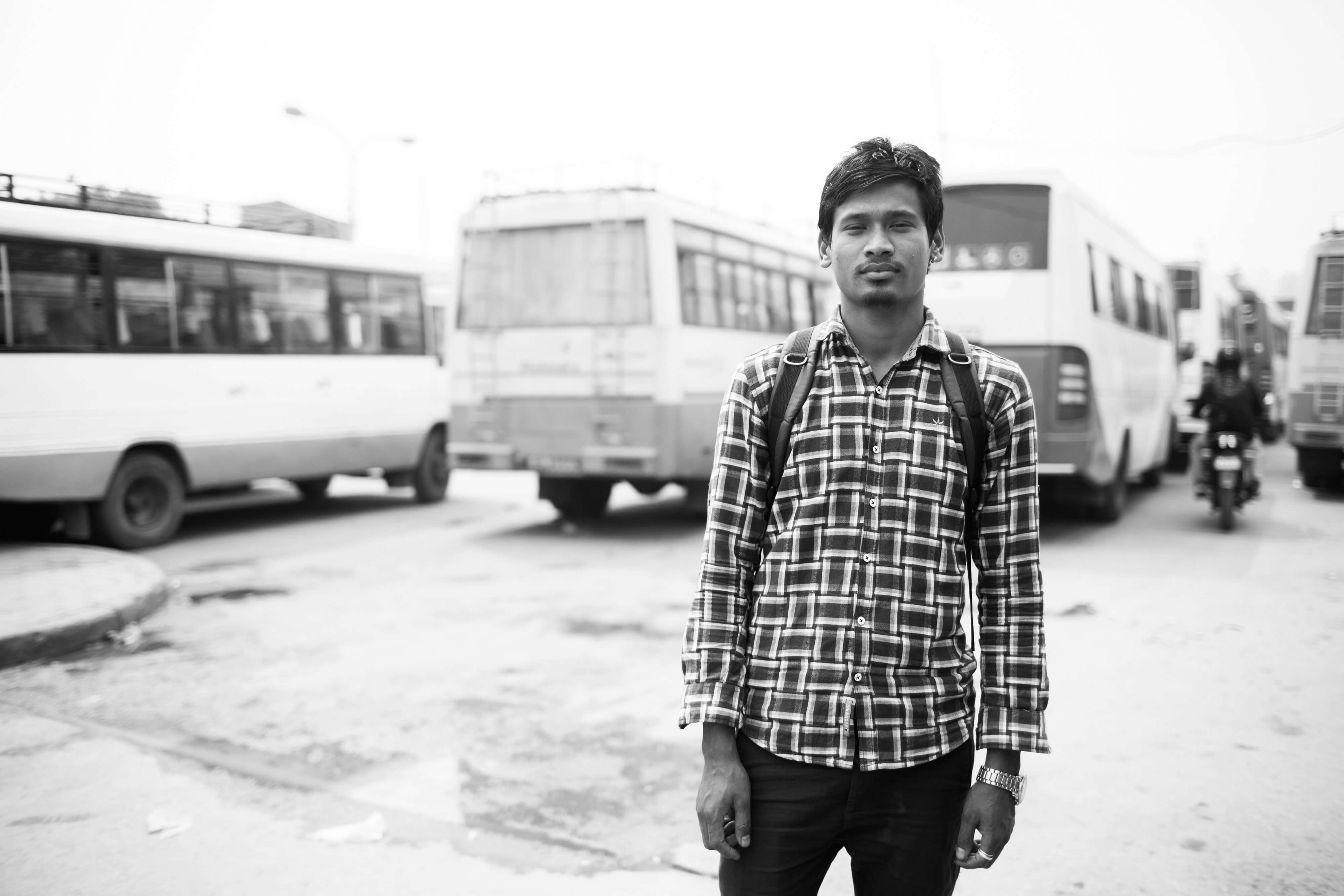
/kenya_streets_stop_human_trafficking_love_justice.webp)




Post a comment